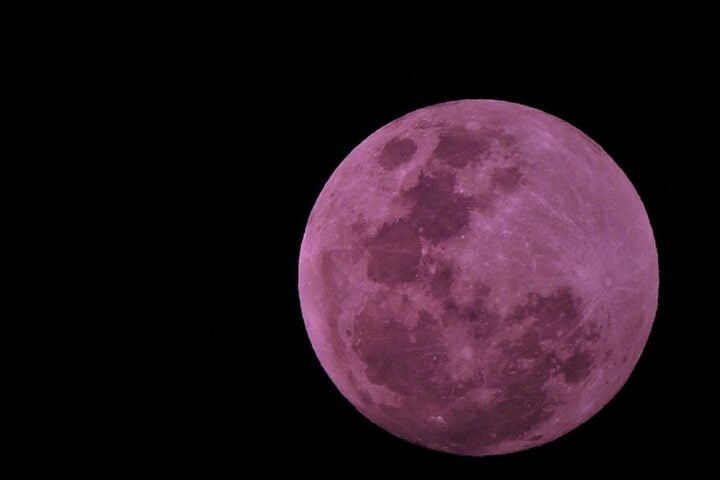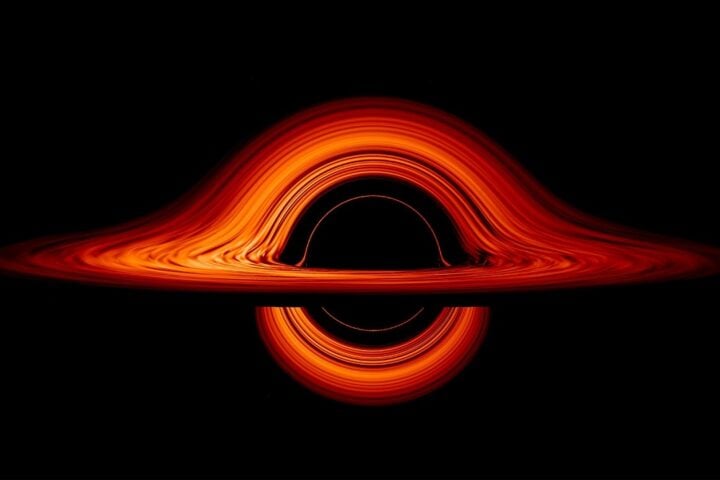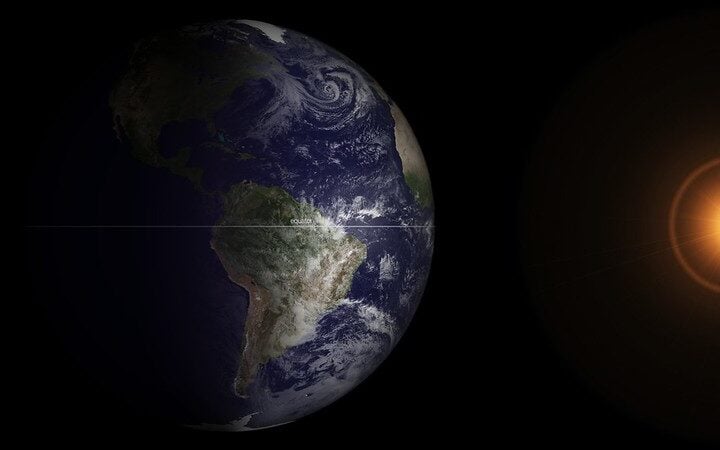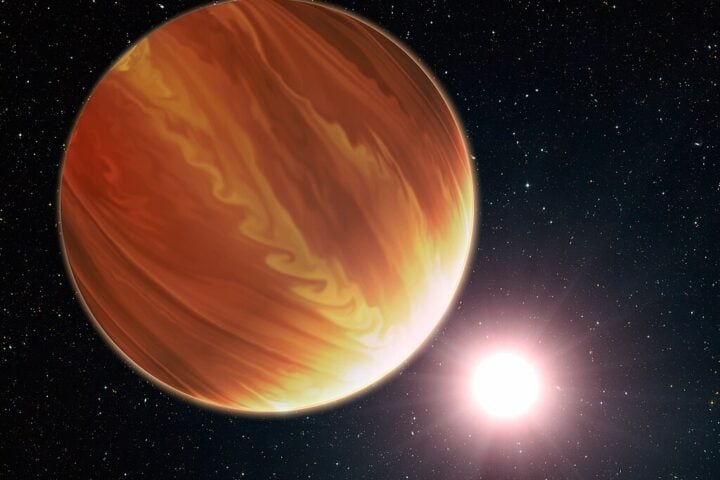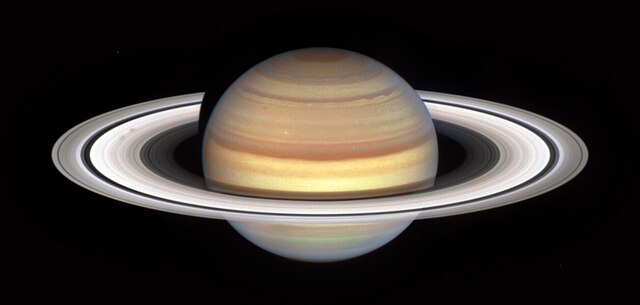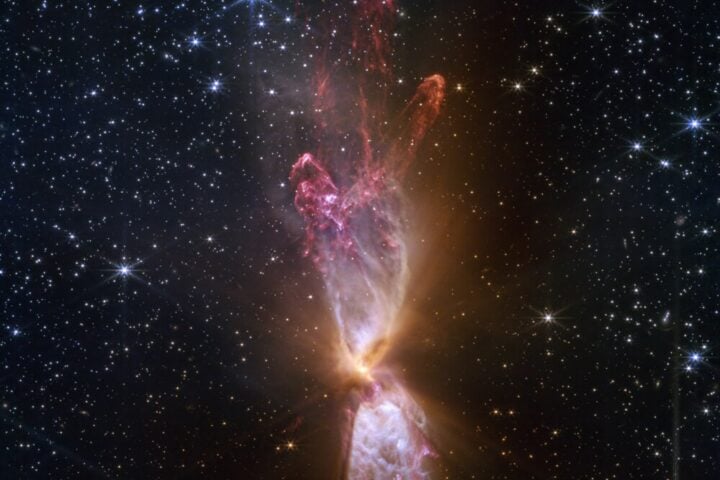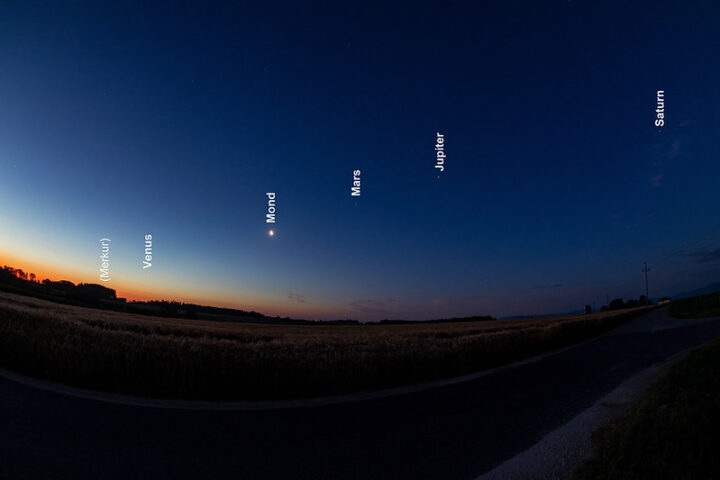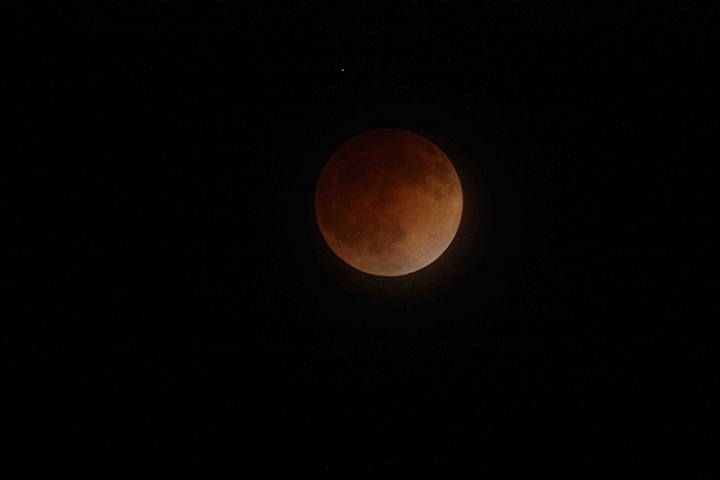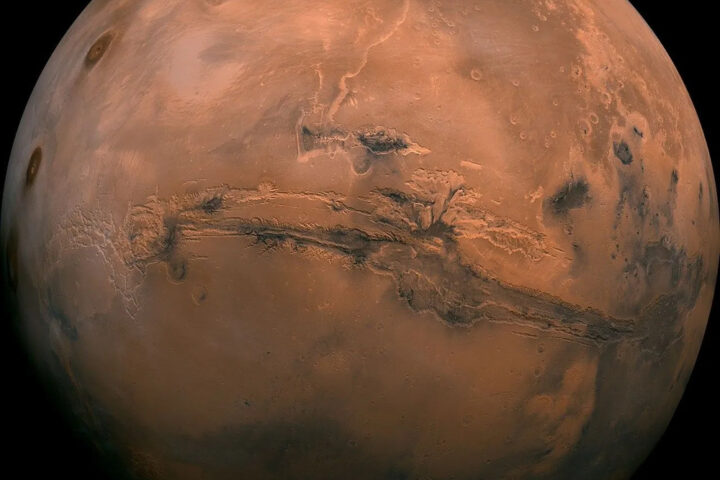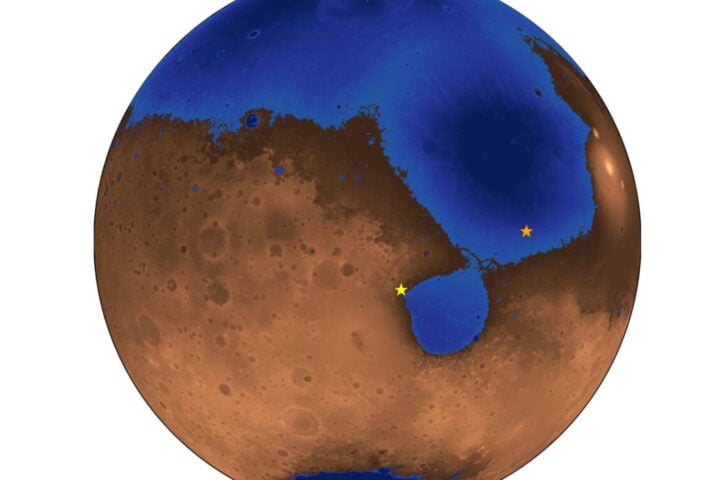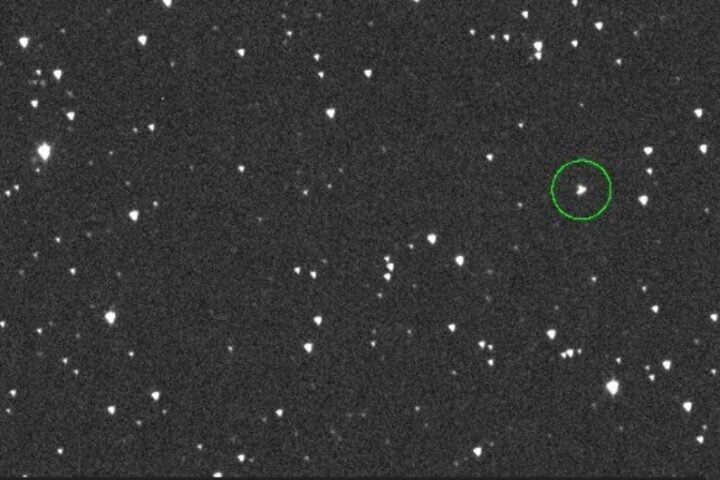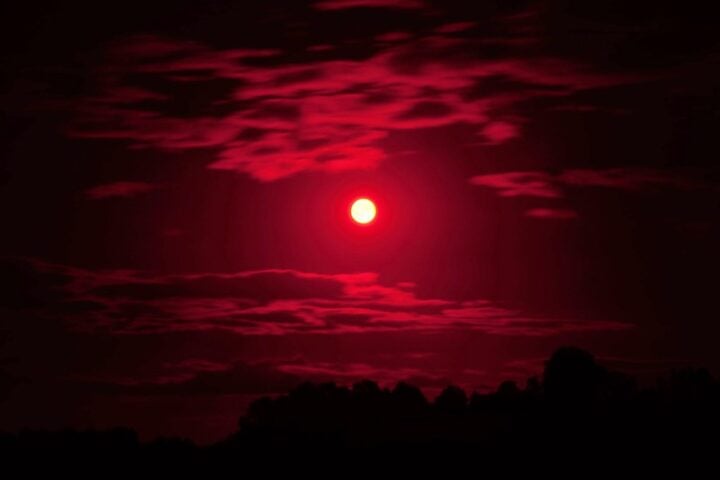Mercury’s persistent contraction, now documented in Nature Geoscience. The diminutive celestial body began its contraction approximately 3 billion years ago, with models and observations concurring that Mercury’s radius may have diminished by a staggering 7 km. This cosmic contraction has sculpted ‘lobate scarps’ across Mercury, elongated tectonic structures that narrate the planet’s geological tale across the eons. Despite the well-charted history of contraction, the enigma of recent tectonic activity on Mercury has lingered in the cosmic shadows until now.
Harnessing the data from NASA’s MESSENGER mission, which soared through the cosmos from 2011 to 2015, Benjamin unearthed the existence of small, fresh landforms, known to us earthlings as grabens. These grabens, secondary structures in the planetary tapestry, perch atop many of the larger compressional tectonic structures, revealing new chapters in Mercury’s geological saga. Benjamin shares, “The discovery of small grabens associated with larger tectonic structures was a fortunate accident of cosmic proportions.” His initial quest was to craft the first geological map of a Mercury region, a journey during which he encountered some of the universe’s most striking examples of these grabens.
Embarking on a meticulous global survey, a cosmic journey through over 25,000 individual images, Benjamin discovered hundreds of small grabens, each telling its own tale of planetary movement. He emphasizes the cosmic significance of this discovery, stating it “indicates that Mercury’s tectonism has not only been active recently but has also painted its story across the entire surface of the planet.” This revelation not only affirms the ongoing global contraction but also propels us into a universe of questions regarding the thermochemical properties of Mercury’s interior. Given their small and shallow nature, these grabens are not expected to traverse through hundreds of millions of years, as they would be gradually erased by cosmic impactors.
Similar Posts
David Rothery, Professor of Planetary Geosciences at the Open University and celestial guide in Ben’s project, provides additional commentary on the findings. He notes, “In addition to finding many clear examples of small grabens atop lobate scarps, Ben found an even greater number of likely examples that we can’t be sure of, a mystery that the cosmos has yet to reveal.” The limitation arises because “the detail in the MESSENGER images is not quite clear enough,” according to Professor Rothery. The joint European/Japanese mission BepiColombo is slated to send back even more detailed pictures from orbit about Mercury in early 2026, a future date with the cosmos. These forthcoming images will target the ‘probable’ grabens, enabling the scale and extent of recent fault movements on Mercury to be clarified, a future revelation in our understanding of the cosmos.
Professor Rothery adds a note of scientific humility and curiosity, stating, “or possibly refuted if Ben and I are wrong,” a nod to the ever-present mysteries and unknowns of space exploration. He underscores that this potential for refutation and clarification is intrinsic to the scientific process, a journey through the known and unknown realms of space. The discovery of the grabens and their implications for understanding Mercury’s geological and tectonic activity mark a significant stride in planetary geosciences, a step forward into the cosmic unknown. The findings not only shed light on the planet’s past but also pave the way for future research into its thermochemical properties and internal dynamics, a journey through time and space.
The ongoing contraction of Mercury, evidenced by the widespread and recent tectonism, provides a fascinating glimpse into the dynamic processes shaping the planet, a story written in rocks and ridges. The forthcoming BepiColombo mission is poised to either bolster or challenge these findings, showcasing the ever-evolving and self-correcting nature of scientific exploration, a dance with the cosmos that continues to evolve. The potential for further discoveries and insights into Mercury’s geological activity remains vast, with future missions and studies likely to delve deeper into its mysteries, a cosmic journey that continues to unfold. As the scientific community awaits the detailed images from BepiColombo in 2026, the current findings serve as a foundation upon which future hypotheses and studies will be built, continuing the cycle of discovery and understanding in planetary science, a journey through the cosmos that is ever-unfolding.
